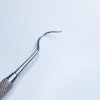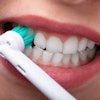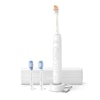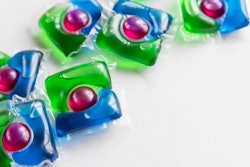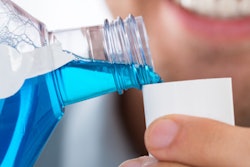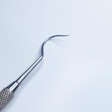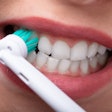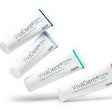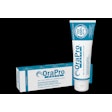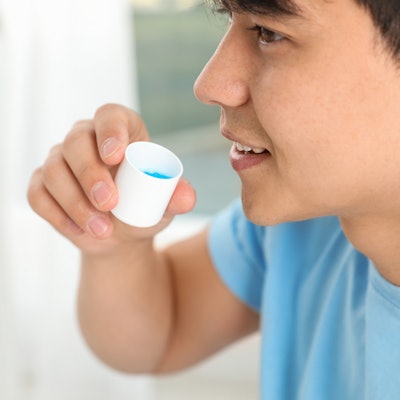
Gargling with povidone-iodine mouthwash, which has been used as a preprocedural rinse to control COVID-19 in dentistry, may result in a high ingestion rate of iodine, according to a study published October 21 in Biological Trace Element Research.
Povidone-iodine (PVP-I) mouthwash, which also may be prescribed for minor mouth pain and irritation and to inactivate common respiratory viruses, should be used with caution to prevent iodine toxicity, the authors wrote.
"PVP-I mouthwash should be used carefully since around 5 mg of iodine could theoretically enter the body with one gargle which exceeds the tolerable upper intake level of iodine for adults," wrote the authors, led by Dr. Yozen Fuse, of the Research Committee on Iodine Related Health Problems at the Foundation for Growth Science in Tokyo.
To make thyroid hormones, the body needs the essential trace element iodine. However, too much iodine can lead to thyroid dysfunction. In the U.S., the recommended daily allowance of iodine is 150 mcg or 0.15 mg for most adults. In Japan, the recommended daily intake is 130 mcg or 0.13 mg. The daily allowance in Japan is lower because people eat more iodine-rich foods, like seaweed, fish, and seafood.
During the pandemic, oral health professionals have encouraged patients to gargle with different types of preprocedural rinses, including povidone-iodine and chlorhexidine mouthwashes, to help curb the spread of COVID-19. Some research has shown that gargling with a mouthwash and using a nasal spray containing povidone iodine may significantly reduce the viral loads of dental patients with mild to moderate COVID-19.
Currently, the University of Rochester Eastman Institute for Oral Health is conducting a $6 million clinical trial to assess whether a topical povidone iodine treatment can prevent new cavities in young children with severe tooth decay. Previous research has found that povidone-iodine suppresses bacteria that is commonly associated with tooth decay.
To assess the amount of iodine ingested from an oral rinse, 22 healthy adults were asked to rinse for 15 seconds three times with 20 mL of commercially available PVP-I mouthwash. Manufacturers recommend gargling using this method. Then, the gargled rinse was collected and analyzed with an assay to measure the amount of iodine remaining in the oral cavity, according to the study.
The median value of total iodine remaining in the oral cavity was estimated to be 5.0 mg when the recommended standard gargling method was used with the maximum 30-fold dilution of the mouthwash, the authors wrote.
Iodine from a povidone-iodine mouthwash can be absorbed in the body via the oral cavity because it is not protected by an outermost layer of epidermis. The iodine that adheres to the surface of the mouth eventually may be swallowed, reduced, and absorbed in a person's stomach and small intestines, the authors wrote.
Nevertheless, the study had several limitations including that the effects of age and gender on iodine absorption cannot be assessed due to the small number of study participants, the authors wrote.
Finally, "It is possible that up to approximately 2–10 mg of total iodine remains in the body per gargle if gargling according to the recommended standard method," Fuse and colleagues wrote.


